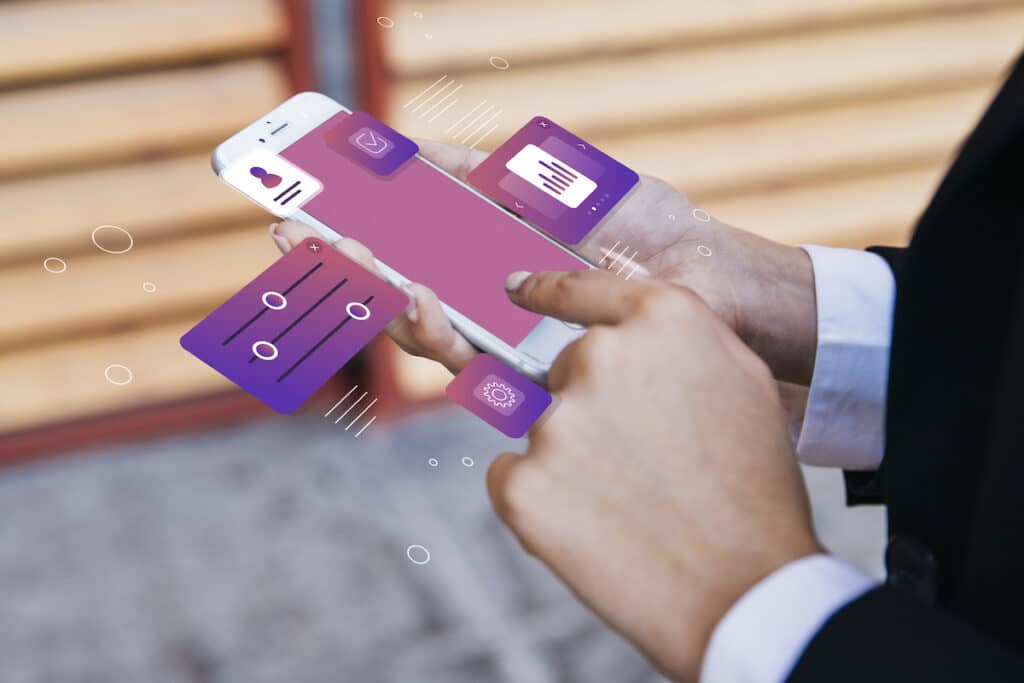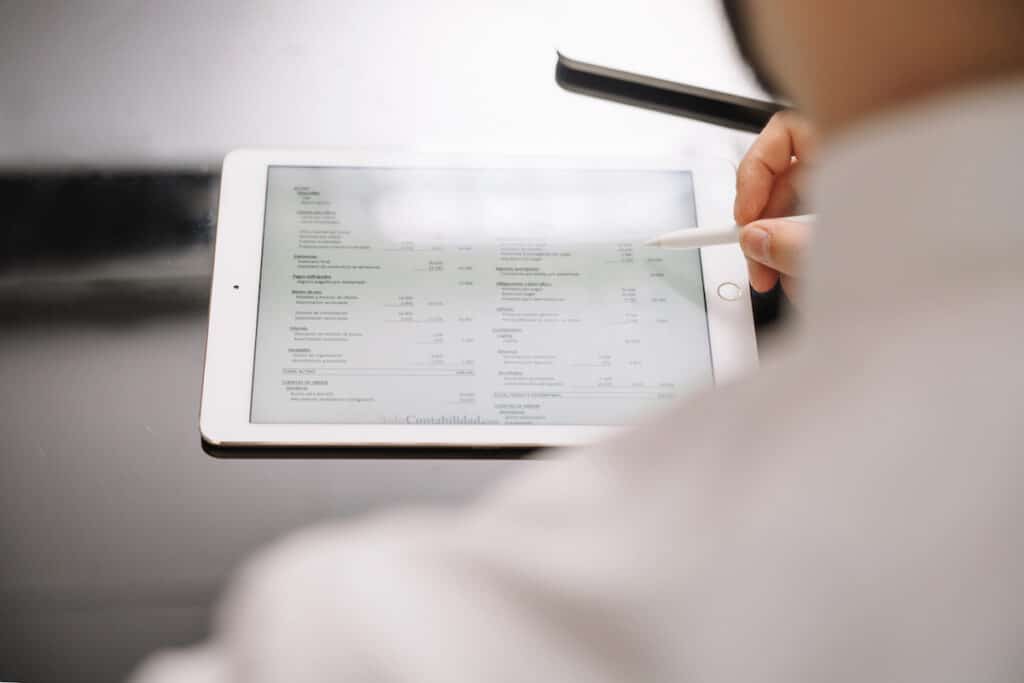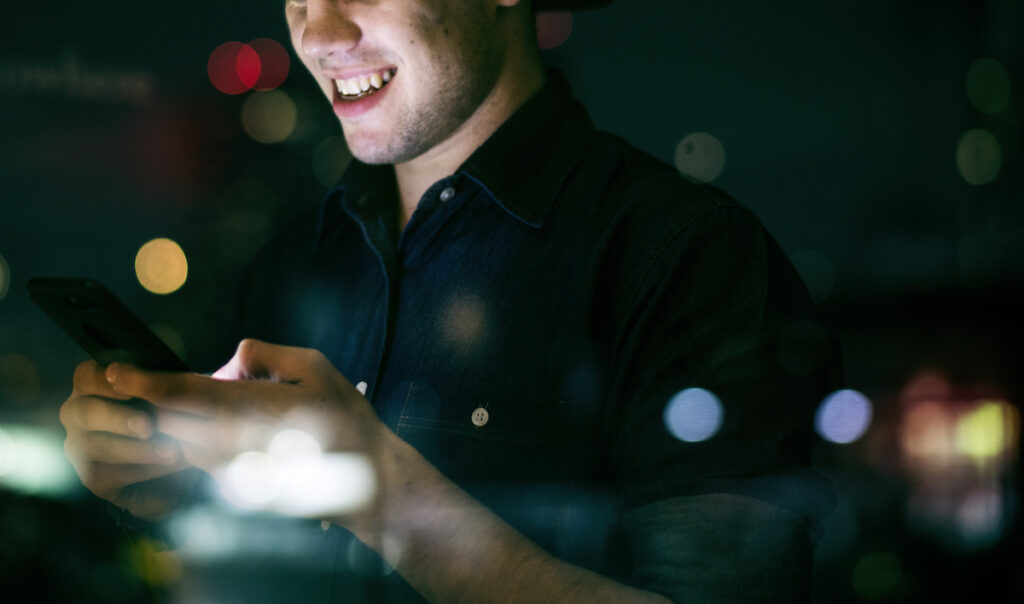Is the user the right age? How can you be sure? How can we protect them? Is he older than 15 and can he join this social network? Is he over 18? Determining the age of online users is shaping up to be one of the next major technological challenges.
The technological challenge is to be able to verify the real age of each Internet user on the sites that need it, while scrupulously respecting the privacy of each individual. The key issue here is, of course, the protection of children, especially the very young.
According to ARCOM, the French telecom regulator, every month in France, half of all boys and a third of all girls are exposed to pornographic content. In mid-March, the French Minister for Digital Affairs, Jean-Noël Barrot, announced that “2023 will mark the end of the digital era. ending children’s access to pornographic sites“. This statement preceded by a few days the start of an experiment led by a group of companies aimed at testing a system “sufficiently robust to be unassailable”, according to the Minister.
The principle of this age verification system is based on what is known as “double anonymity”. It involves the intervention of a trusted third party capable of certifying an individual’s date of birth or majority. This trusted third party may be a telecoms operator, a digital identity provider such as a cell phone ID card application, or any other authorized body.
Double anonymity stems primarily from the fact that the trusted third party does not know how the age certificate will be used. In other words, they will never be informed that this certificate will be used, for example, to access a pornographic site. The site, for its part, will only receive proof of the user’s majority, without ever having access to the user’s identity. It will only know that the user is of legal age. Protecting privacy is an absolute priority, and one of the key objectives of this experiment launched at the end of March.
Other technical solutions exist all over the world. Some of these are based on the use of means of payment (bank cards), while in Great Britain, age is estimated in a matter of seconds using a selfie video analyzed by artificial intelligence, with a margin of error of one and a half years. These technologies are useful, for example, to check whether a user has the required age of 13 to create an account on social networks.
In the case of pornographic sites, those that continue to allow access to children could soon be blocked and delisted from search engines in a matter of weeks, without the need for judicial intervention. This is precisely what is provided for in the bill on securing the digital space, which has already been adopted by the Senate and will be debated by the National Assembly this autumn.
Age verification is therefore a major challenge for the coming years. It will help build online confidence and, above all, protect young people from content that is not authorized for them.










